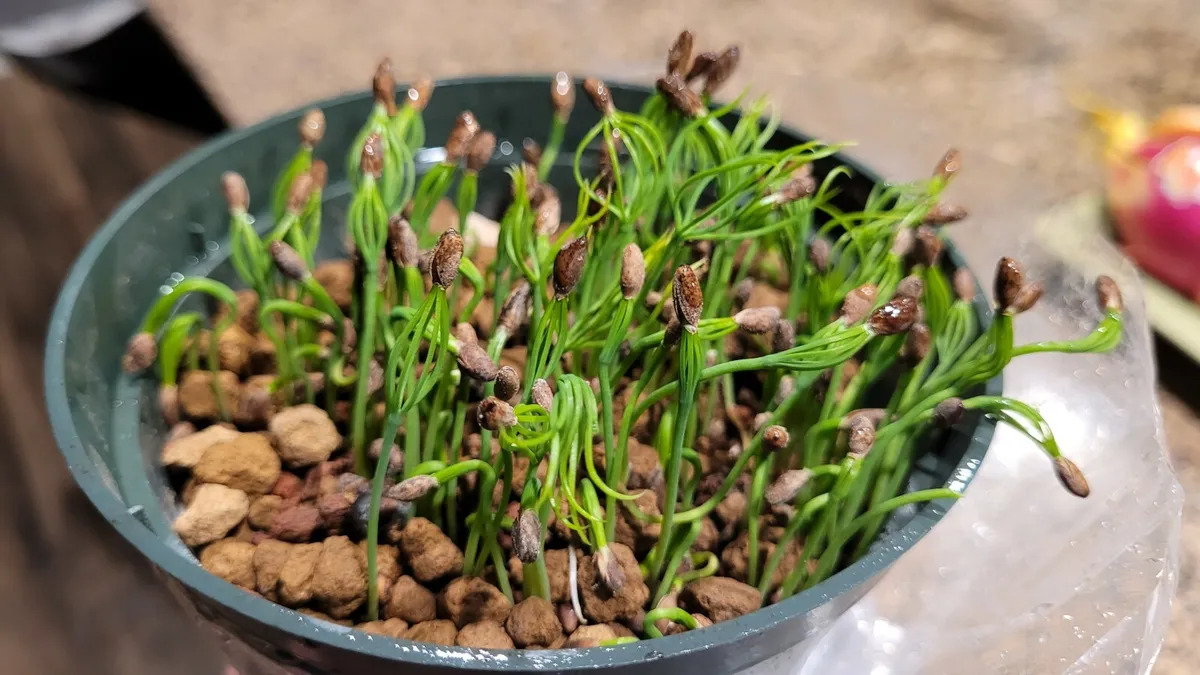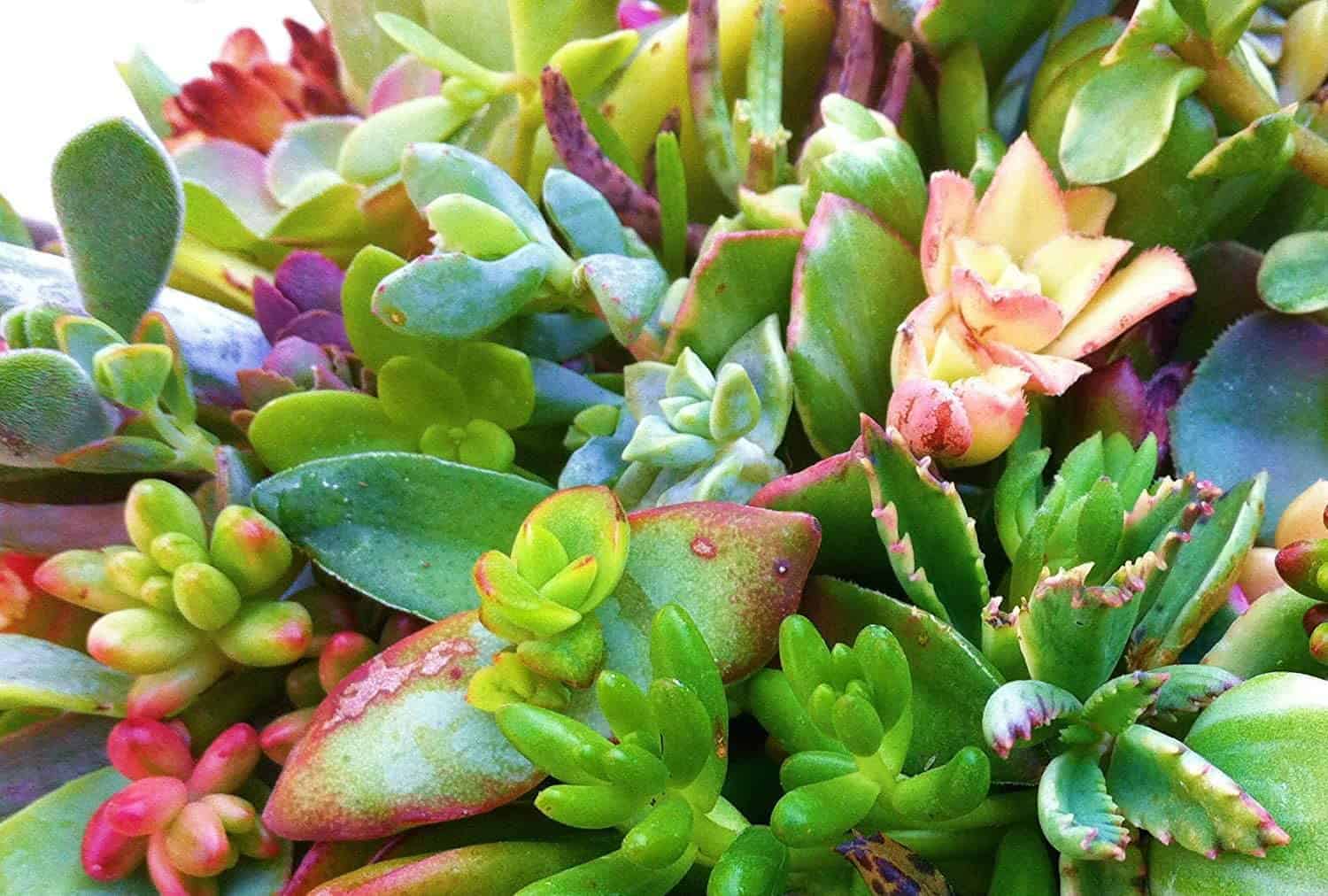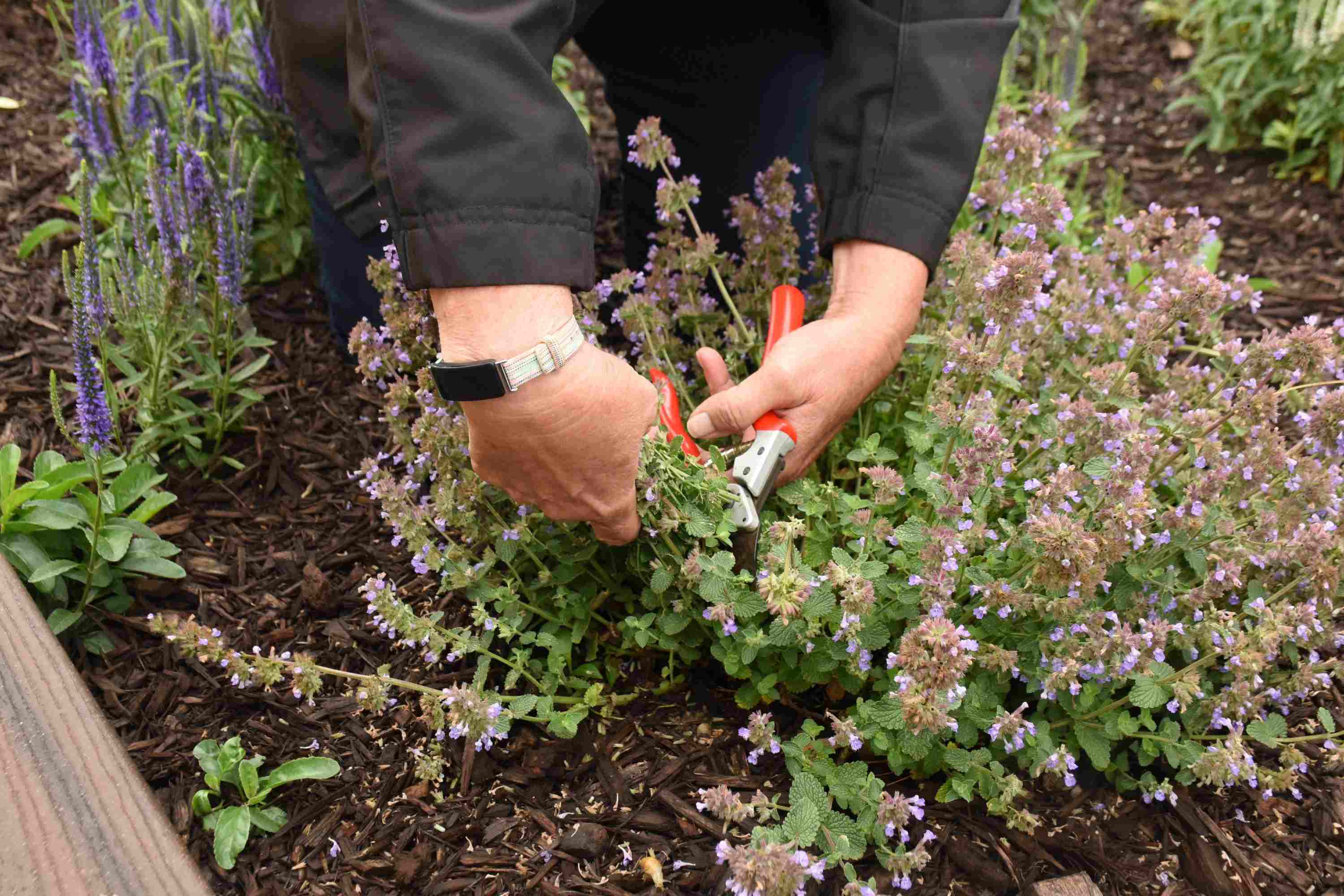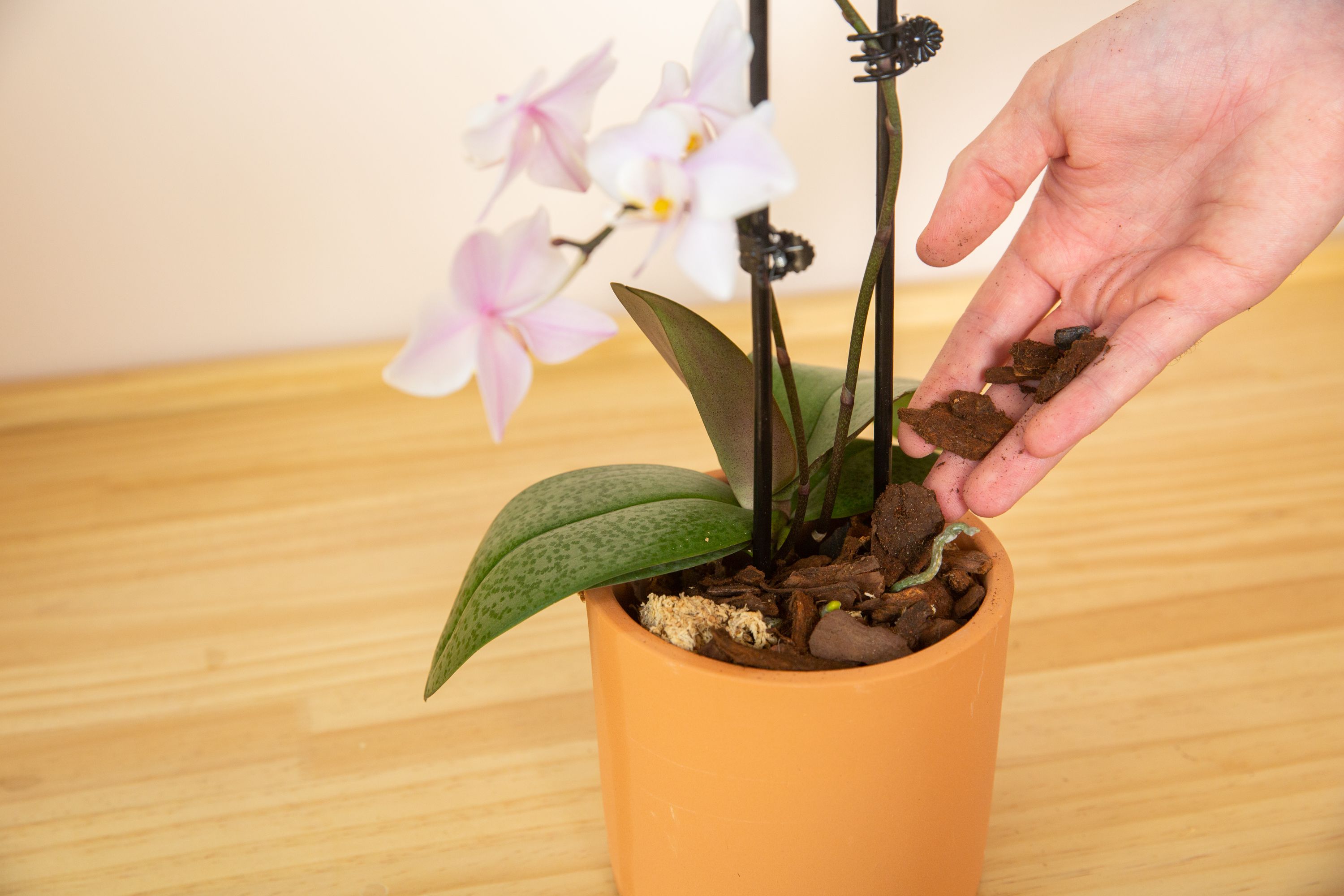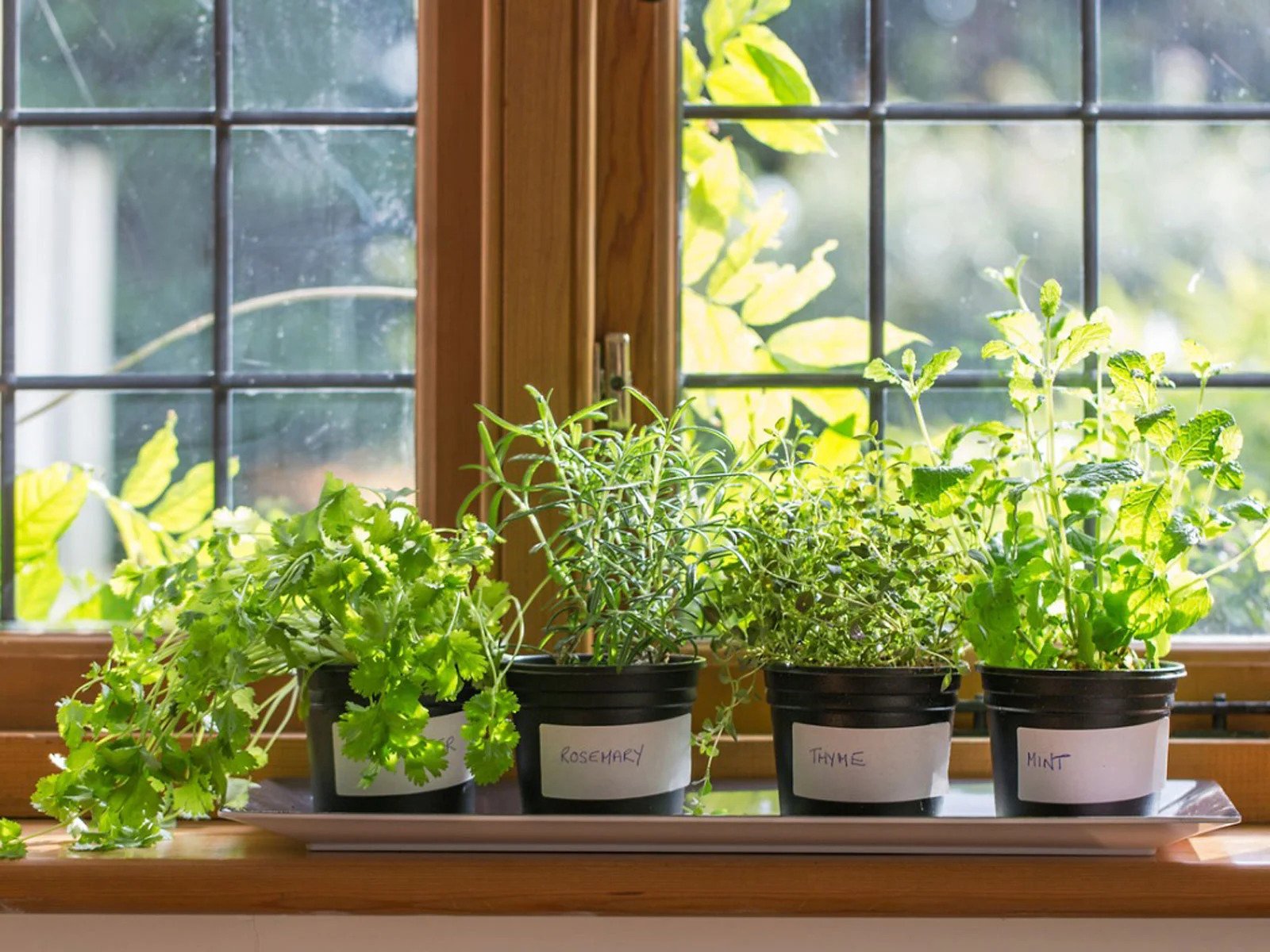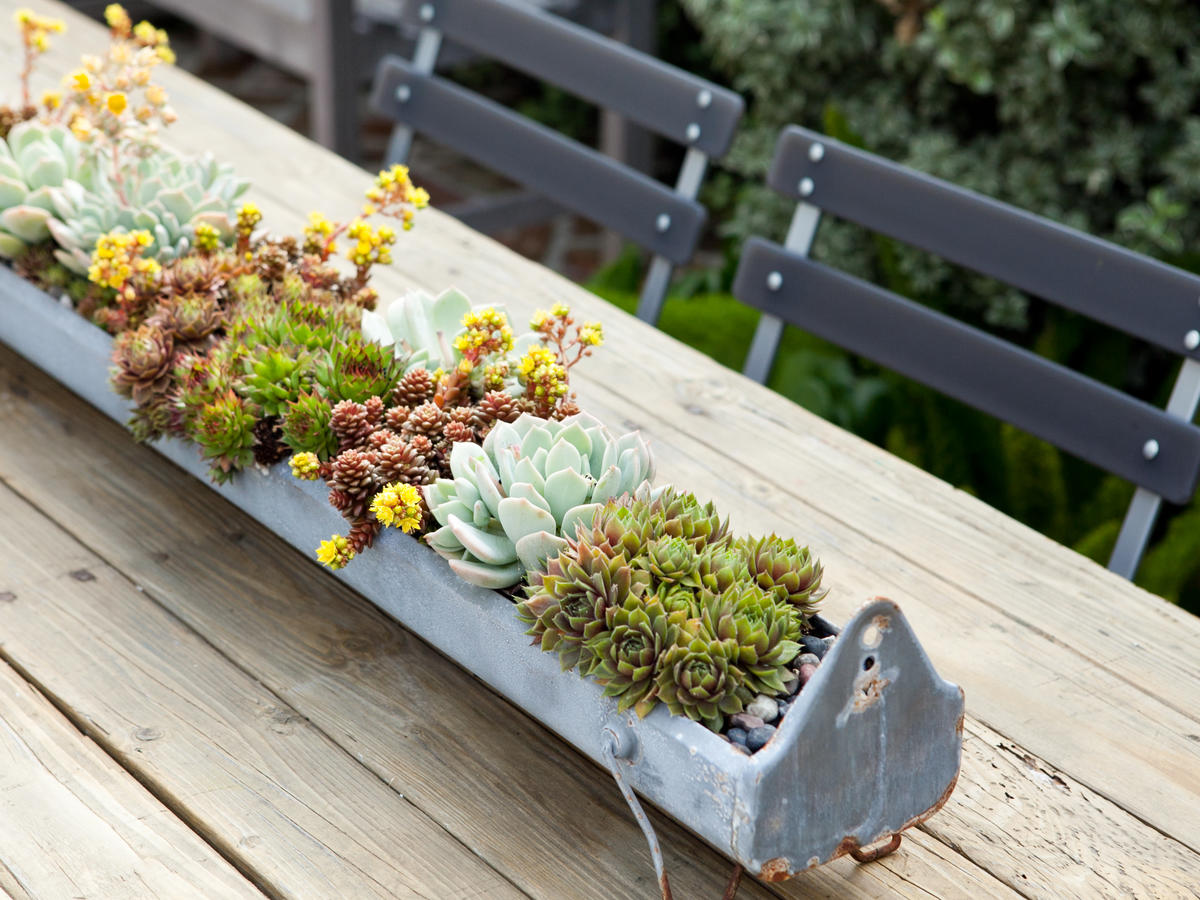Home>Gardening Techniques>Plant Care>How To Take Care Of A Chinese Elm Bonsai Tree


Plant Care
How To Take Care Of A Chinese Elm Bonsai Tree
Modified: February 9, 2024
Learn the best plant care tips for maintaining a healthy Chinese Elm Bonsai tree. From watering to pruning, discover how to keep your bonsai thriving.
(Many of the links in this article redirect to a specific reviewed product. Your purchase of these products through affiliate links helps to generate commission for Chicagolandgardening.com, at no extra cost. Learn more)
Table of Contents
Introduction
Welcome to the world of bonsai! If you have just acquired a Chinese Elm Bonsai tree, congratulations! This ancient art form of cultivating miniature trees requires patience, dedication, and proper care. The Chinese Elm, known for its elegant and graceful appearance, is a popular choice among bonsai enthusiasts.
This article will guide you through the essential steps of caring for your Chinese Elm Bonsai tree, ensuring its health and longevity. From choosing the right location to understanding watering, pruning, fertilizing, and repotting techniques, we will cover everything you need to know to become a successful bonsai caretaker.
Chinese Elm Bonsai trees are known for their resilience and adaptability, making them suitable for both beginners and experienced enthusiasts. With a little knowledge and the right techniques, you can create a stunning and captivating bonsai that will be the centerpiece of your indoor or outdoor space.
So, let’s dive into the world of Chinese Elm Bonsai care and learn how to nurture and shape these beautiful miniature trees.
Choosing the Right Location
When it comes to the health and growth of your Chinese Elm Bonsai tree, selecting the right location is crucial. While they can adapt to various conditions, providing them with an ideal environment will ensure their overall well-being.
Firstly, Chinese Elm Bonsai trees thrive best in areas with ample sunlight. Place your bonsai near a south-facing window or in a spot where it can receive at least 4-6 hours of direct sunlight each day. If you don’t have access to sufficient natural light, you can supplement it with artificial grow lights.
It’s important to note that Chinese Elm Bonsai trees are tolerant of both hot and cold temperatures. However, extreme temperature fluctuations can be detrimental to their health. Therefore, try to avoid placing your bonsai in areas where it will be exposed to drafts, such as near air conditioners or heating vents.
In terms of indoor humidity levels, Chinese Elm Bonsai trees prefer moderately humid environments. You can increase humidity by using a humidity tray filled with water and placing pebbles on top to keep the bonsai pot elevated. Regular misting can also help maintain the desired humidity level.
Lastly, consider the size of your bonsai and its potential for growth. Ensure that you have enough space for the bonsai to spread its branches and roots without being cramped. A well-ventilated and open area will provide the necessary airflow for the tree.
Remember, finding the right location for your Chinese Elm Bonsai tree is crucial for its overall health and growth. Take the time to observe the light, temperature, and humidity conditions in different areas of your home or garden to find the optimal spot for your bonsai to thrive.
Watering and Humidity Requirements
Proper watering is essential for the health and vitality of your Chinese Elm Bonsai tree. Since bonsai trees are grown in small containers, they are prone to drying out more quickly than their larger counterparts. Maintaining the right moisture levels is key to preventing dehydration or overhydration.
When it comes to watering your Chinese Elm Bonsai, the key is to find the right balance. You want to keep the soil consistently moist, but not overly saturated. The frequency of watering will depend on various factors such as the size of the bonsai, the type of soil used, and the environmental conditions.
Before watering, always check the moisture level of the soil by inserting a finger or a moisture meter into the soil. If the soil feels dry about an inch deep, it’s time to water. When watering, do so thoroughly, allowing the water to run through the drainage holes in the pot. This ensures that the entire root system receives adequate moisture.
One common mistake that beginners make is overwatering. It’s important to avoid waterlogging the roots, as this can lead to root rot and other fungal diseases. To prevent this, make sure that the pot has proper drainage holes and use well-draining bonsai soil mix.
In terms of humidity, Chinese Elm Bonsai trees prefer moderately humid conditions. You can increase humidity levels by misting the foliage daily or placing the bonsai on a humidity tray. A humidity tray is a shallow tray filled with water and placed beneath the bonsai pot. The evaporation of the water creates a humid microclimate around the tree.
Remember to observe and adjust your watering routine based on the specific needs of your Chinese Elm Bonsai tree. By providing the right amount of moisture and humidity, you will ensure its survival and promote healthy growth.
Pruning and Trimming Techniques
Pruning and trimming are essential techniques for maintaining the shape and overall appearance of your Chinese Elm Bonsai tree. By selectively removing branches and foliage, you can create a well-balanced and aesthetically pleasing bonsai.
Regular pruning helps to stimulate new growth, improve the tree’s health, and maintain its desired shape. The best time to prune your Chinese Elm Bonsai is during the early spring or late winter, before new growth begins. Use a sharp and clean bonsai pruning tool to make precise cuts.
Start by removing any dead, damaged, or diseased branches. These not only detract from the overall aesthetics of the tree but can also hinder its health and vigor. Next, selectively prune branches to maintain the tree’s desired shape and size. Keep in mind that Chinese Elm Bonsai trees have a natural tendency to develop long, slender branches. Pruning them back will promote ramification and create a denser foliage pad.
When trimming the foliage, aim for a balanced distribution of leaves throughout the tree. Remove any excessive growth that disrupts the visual harmony. Avoid leaving long stubs after pruning, as they can cause unnecessary stress on the tree. Make clean and angled cuts just above a bud or leaf node to encourage new growth in the desired direction.
Remember to step back regularly and evaluate the overall shape of your bonsai as you prune. It’s essential to maintain a sense of harmony and proportion among the branches and foliage. Don’t be afraid to make bold cuts when necessary to achieve the desired aesthetic.
Lastly, after pruning, make sure to clean and remove any fallen leaves or debris from the pot and surface of the soil. This helps prevent the buildup of pests or diseases and keeps the tree in a clean and healthy environment.
By mastering the art of pruning and trimming, you can sculpt your Chinese Elm Bonsai tree into a masterpiece, reflecting your artistic vision and style.
Fertilizing the Chinese Elm Bonsai
Fertilizing plays a crucial role in providing your Chinese Elm Bonsai tree with the necessary nutrients for optimal growth and vitality. Bonsai trees are grown in small containers with limited access to nutrients, so regular fertilization is essential to maintain their health and encourage vigorous growth.
The best time to start fertilizing your Chinese Elm Bonsai is in the early spring, just before the onset of new growth. This is when the tree is most active and will benefit the most from a nutrient boost. Use a balanced, slow-release bonsai fertilizer or organic fertilizer specifically formulated for bonsai trees. Follow the instructions on the fertilizer packaging regarding the amount and frequency of application.
During the growing season, which typically spans from spring to autumn, fertilize your Chinese Elm Bonsai every two to four weeks. This regular feeding schedule ensures a steady supply of nutrients for the tree’s continuous development. Be sure to water the bonsai thoroughly before applying the fertilizer to prevent root burn.
As winter approaches and growth slows down, reduce the frequency of fertilization. In colder climates, it’s advisable to stop fertilizing altogether during the winter months, as the tree enters a period of dormancy.
When applying fertilizer, it’s essential to maintain a balanced approach. Avoid excessive or inadequate feeding, as both can have negative effects on the tree. Over-fertilization can lead to nutrient toxicity, leaf burn, or weak growth, while under-fertilization can result in nutrient deficiencies and stunted development.
Regularly observe your Chinese Elm Bonsai for signs of nutrient deficiency or excess. If you notice yellowing or discolored leaves, weak growth, or reduced vigor, it might indicate issues with nutrient balance and absorption. Adjust your fertilizing routine accordingly to address these concerns.
Remember, fertilizing your Chinese Elm Bonsai is a vital aspect of its care regimen. It provides the essential nutrients required for strong and healthy growth, enabling your bonsai to thrive and showcase its full potential.
Repotting and Soil Considerations
Repotting is a critical aspect of Chinese Elm Bonsai care, as it helps promote root health, maintain proper drainage, and provide the tree with fresh nutrients. Repotting should be done every two to three years, or when you notice the tree’s roots becoming dense and filling the pot.
The ideal time to repot your Chinese Elm Bonsai is in early spring, just before the start of the growth season. This allows the tree enough time to recover and establish new roots before the demands of active growth. Before repotting, prune back any excessive root growth and inspect the roots for signs of disease or rot.
When selecting a suitable soil mix for your Chinese Elm Bonsai, it’s crucial to consider its drainage and water retention properties. Bonsai-specific soil mixes that contain a combination of akadama (a type of Japanese clay), pumice, and lava rock are often preferred. These components allow for adequate drainage while retaining enough moisture for the tree’s root system.
During the repotting process, carefully remove the tree from its current pot, gently untangle and prune any circling roots, and trim back roughly one-third of the root mass. Repot the tree into a slightly larger pot or the same pot with fresh bonsai soil. Ensure that the roots are spread out evenly and that no pockets of air remain in the soil.
After repotting, water the tree thoroughly to settle the soil and provide moisture to the roots. Place the bonsai in a shaded area for a few weeks to allow it to recover from the repotting process. Avoid fertilizing the tree immediately after repotting, as the newly pruned roots need time to heal.
Remember that repotting should be done with care and not too frequently, as it can stress the tree. Ensuring proper soil and drainage in your Chinese Elm Bonsai will create an ideal environment for healthy root development and overall growth.
Pests and Diseases to Watch Out For
While Chinese Elm Bonsai trees are generally resilient, they are still susceptible to certain pests and diseases. Vigilance and proper care can help prevent and manage these issues, ensuring the health and longevity of your bonsai.
Pests: The most common pests that can affect Chinese Elm Bonsai trees include aphids, scale insects, spider mites, and caterpillars. Regularly inspect your bonsai for signs of pest infestations, such as distorted leaves, yellowing, or sticky residue on the foliage. If you notice any pests, treat them promptly with an appropriate insecticide, following the instructions carefully.
Diseases: Chinese Elm Bonsai trees can be susceptible to fungal diseases, such as powdery mildew, root rot, and leaf spot. To prevent these diseases, avoid overwatering and ensure proper drainage. If you notice signs of disease, such as discolored or wilting leaves, treat the bonsai with a fungicide. Additionally, practicing good hygiene, such as removing fallen leaves and debris from the pot, can help prevent the spread of diseases.
Root Issues: The roots of Chinese Elm Bonsai trees can sometimes become tangled or root-bound, impeding proper nutrient absorption and water uptake. Regularly inspect the roots during repotting and prune any circling or tangled roots. This will help maintain a healthy and well-structured root system.
Environmental Stress: Chinese Elm Bonsai trees can experience stress if subjected to extreme temperature fluctuations, drafts, or inadequate lighting. Avoid placing your bonsai near air conditioners or heating vents, and provide it with a suitable location that receives the right amount of sunlight.
To keep your Chinese Elm Bonsai healthy and free from pests and diseases, it’s important to maintain a regular care routine. Regularly inspect the tree for any signs of issues and take prompt action to address them. By providing proper care and attention, you’ll ensure that your bonsai thrives and remains a beautiful addition to your home or garden.
Tips for Winter Care
Winter can be a challenging time for Chinese Elm Bonsai trees, as they are sensitive to cold temperatures and reduced sunlight. Proper winter care is crucial to protect your bonsai and ensure its survival during the dormant season. Here are some essential tips to help you care for your Chinese Elm Bonsai during winter:
Protecting from Extreme Cold: Chinese Elm Bonsai trees are hardy, but it’s essential to protect them from severe freezing temperatures. If you live in an area with harsh winters, consider moving your bonsai to a sheltered location, such as an unheated garage or a greenhouse, to provide some insulation. Alternatively, you can wrap the pot with insulating material like burlap or bubble wrap to prevent root damage.
Reducing Watering: During winter, bonsai trees enter a period of dormancy and their growth slows down. As a result, their water requirements decrease. Monitor the soil moisture level carefully and reduce the frequency of watering. Be cautious not to let the soil completely dry out, but avoid overwatering, as it can lead to rot and other issues.
Ensuring Sufficient Light: While Chinese Elm Bonsai trees require a period of darkness for dormancy, they still need some exposure to light. Place your bonsai near a window where it can receive indirect sunlight during the day. If natural light is limited, supplement with artificial grow lights to provide the necessary light energy for the tree.
Protecting from Frost: Frost can be damaging to bonsai trees, causing the branches and foliage to freeze and become brittle. To protect your Chinese Elm Bonsai from frost, cover it with a frost cloth or move it to a more sheltered location on nights when frost is expected.
Monitoring Humidity: Indoor heating during winter can lead to dry air, which can be detrimental to your bonsai. Increase humidity levels around the tree by using a humidifier or placing a tray filled with water and pebbles near the bonsai. Regularly misting the foliage can also help maintain humidity.
Limiting Pruning: It’s advisable to limit pruning during winter, as the tree is in a dormant state. Pruning can stimulate new growth, which may be vulnerable to cold temperatures. It’s best to wait for the onset of spring when the tree comes out of its dormancy to resume pruning.
By following these winter care tips, you can provide the necessary protection and conditions for your Chinese Elm Bonsai to survive the winter months. Remember, each bonsai is unique, so it’s important to observe and adjust your care routine based on the specific needs of your tree.
Conclusion
Caring for a Chinese Elm Bonsai tree is a fulfilling and rewarding experience. With proper knowledge and techniques, you can create a beautiful and thriving miniature tree that brings nature’s elegance into your home or garden.
Throughout this article, we have explored various aspects of Chinese Elm Bonsai care, from choosing the right location to pruning, fertilizing, and protecting the tree from pests and diseases. By understanding its specific needs and implementing the right practices, you can ensure the health and longevity of your bonsai.
Remember to provide your Chinese Elm Bonsai with ample sunlight, moderate humidity, and proper watering to maintain its vibrant foliage and overall growth. Pruning and trimming techniques help shape the tree’s form and stimulate new growth, while regular fertilizing provides the essential nutrients for its development. Repotting and using appropriate soil create optimal conditions for root health and moisture control.
During winter, take special care to protect your bonsai from extreme cold temperatures, reduce watering, ensure sufficient light, and monitor humidity levels. By following these guidelines, you’ll give your Chinese Elm Bonsai the best chance to thrive and withstand the challenges of the dormant season.
As you embark on your journey of caring for a Chinese Elm Bonsai, remember to embrace the artistry and creativity that comes with it. Bonsai is not just about maintenance; it’s about crafting and nurturing a living work of art that reflects your passion and dedication.
Enjoy the process of observing your bonsai grow and evolve over time. With patience, practice, and a love for these beautiful trees, your Chinese Elm Bonsai will bring joy and serenity to your life for many years to come.
